I am aware
Imagine that your next online class is starting in ten minutes. As you sit down at your desk, you glance at the reminder post-it that reads, “I am aware…I am aware…I am aware…” And so you begin to fill in the sentence starter “I am aware” three times, attuning to physical sensations, feelings, thoughts, and anything in your environment that enters your field of awareness:
“I am aware…I’m thirsty! Oh, my water bottle is empty — let me go fill it up before class begins. I am aware I’m excited about the video clip I’ll be showing in a few minutes. Good to notice; remember how the last time I couldn’t wait to show them a clip, they unanimously agreed it was boring? Ok, better not to expect anything and just see how it unfolds. I am aware that I’m feeling a little bit restless…and there’s not much I can do about that now; after this class, it’s time for a walk. Hurray for spring!”
One of my favorite quotations (I wish I knew who said it!) reads, “Society has been designed to distract us from ourselves.” “I am aware” offers us the chance to return to ourselves, recognize what’s true in our moment-to-moment experience, and respond with intentionality and care in ways aligned with our values.
Head, shoulders, knees, and toes
An essential aspect of interrupting blursdayness is acknowledging and honoring transitions. By this point your computer might feel like an extension of your body, and it can be valuable to counteract this experience by incorporating a brief body-based mindfulness practice into your transition-to-computer routine. While you’re still standing and before you sit down, you might notice your body’s pull towards the screen. Instead, the invitation is to spend a few moments bringing awareness to your head and then to your shoulders, knees, and toes, allowing yourself to sense each area of the body. As you do so, you might say to yourself, “Head, shoulders, knees, and toes.” If you’d like, you might touch each of these areas as you bring awareness to them.
How does this practice of intentionally pausing and scanning the body help? As “I am aware” reminds us, our bodies are constantly sending us important signals. Yet screen time can and often does disconnect us from these signals: as the faces on the screen demand my attention, I may not notice my increasingly clenched jaw due to irritation, or my grumbling belly because I forgot to eat lunch. By practicing “head, shoulders, knees, and toes,” we’re reminding ourselves, “I do not only exist from the neck up, though Zoom might lead me to believe otherwise; I have a body.” This wisdom can make all the difference to our own self-care and interpersonal interactions.
What would your 110 year-old self say?
In the midst of this unprecedented, blursday-filled era, it can sometimes be more difficult to access a sense of perspective. An awkward two-minute interaction that in the past I would have typically brushed off as simply not that big a deal might stick with me longer, or I might find myself ready to throw in the online teaching towel after a minor tech glitch. During or after these moments, you might envision yourself at 110, after experiencing countless eras, joys, and challenges: What wisdom would you offer your present-day self? In other words, what would your 110 year-old self say? Supercentenarians, a term that refers to human beings 110 years-old and up, tend to have a great deal of perspective on life and what living well truly means. Inviting our inner supercentenarians to advise us can support us in accessing our own inner wisdom.
My hope is that these practices offer you moments of respite, presence, self-compassion, and perspective. What mindfulness practices have you found to be particularly helpful during this past year? If you are interested in exploring ways to build — or expand— your own mindfulness toolkit, I hope you will join us at an upcoming Tang Institute workshop.
Alison Cohen is a certified mindfulness educator, teacher trainer, and speaker. You can learn more about programming led by Alison on her website.




